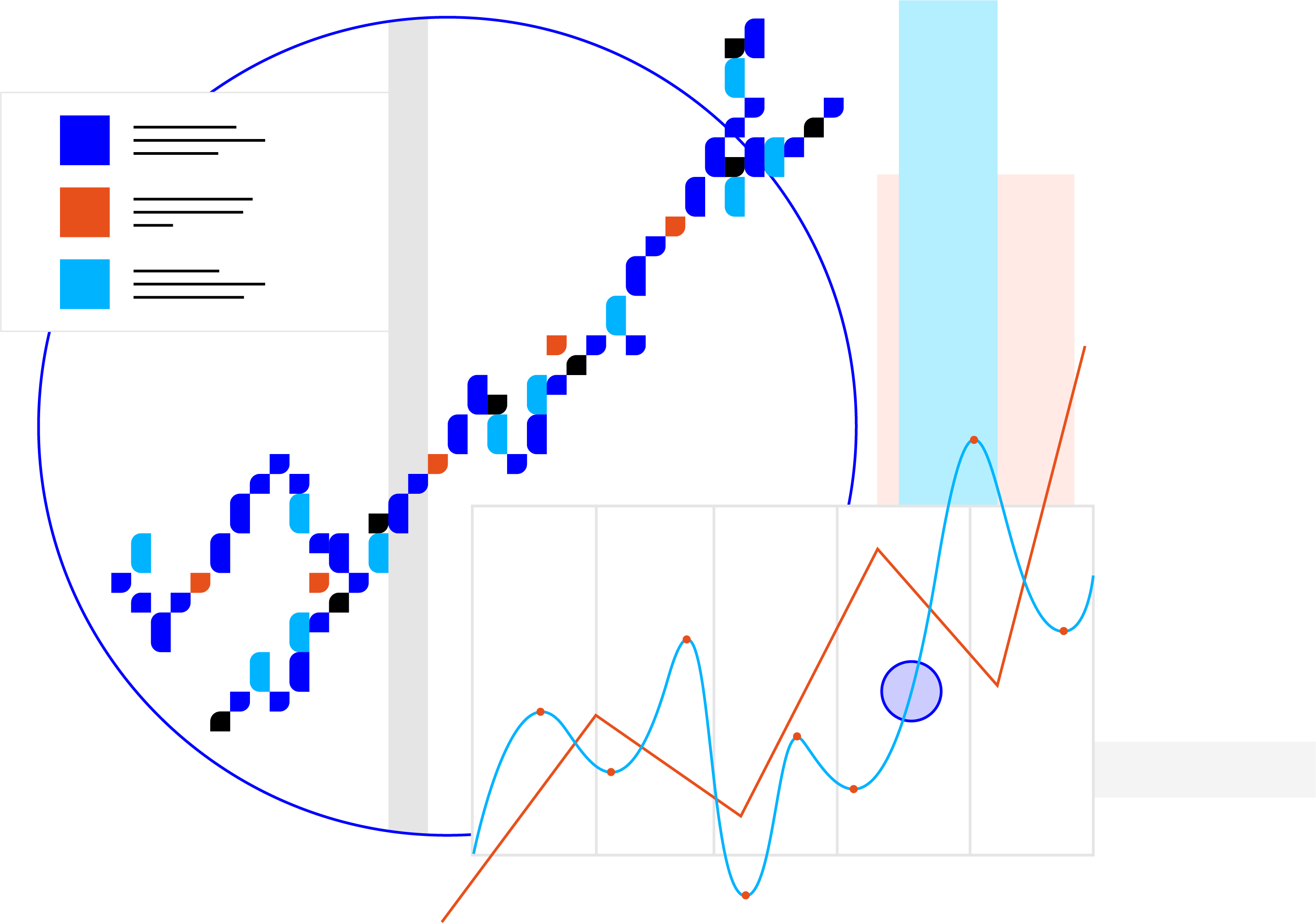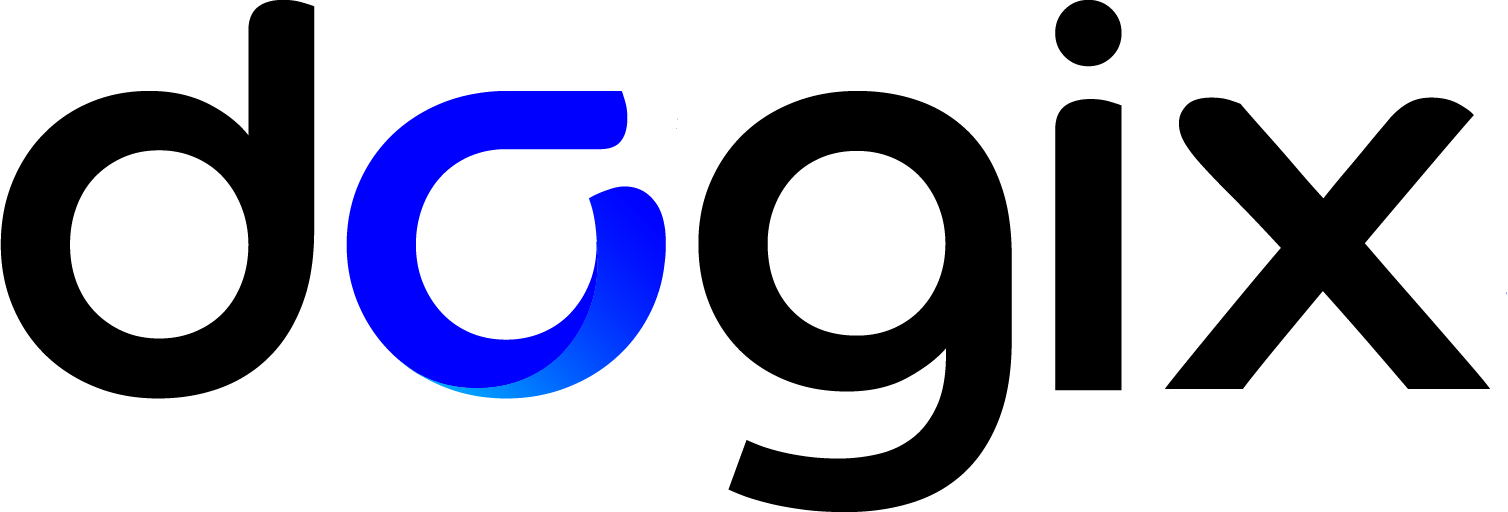business analysis
Demand management and architectural analysis of the solutionWe do
No problem can be addressed without understanding and describing the condition that solves it and the circumstances for the needs.

The phases of the Business Analysis
An incomplete or inappropriate analysis is the cause of failure for many projects. The most common mistakes lie in the lack of or improper involvement of the user, overestimation of available resources, acceptance of unrealistic expectations, insufficient evaluation of the technical limitations of the product, and incorrect or incomplete understanding of the processes. A good analysis, however, allows one to make informed decisions based on an adequate assessment of the risks, costs and benefits, organizational and technological impacts, and available alternatives.
The functional analysis must be efficient, irrefutable, and represent the user’s perspective combined with the intrinsic characteristics of the technology. The analysis must also represent the flywheel for the creation of a product that returns the maximum possible value to the user who will, therefore, be completely satisfied. The Business Analysis accompanies an “idea” towards its fulfillment.
Analysis of sources
Conducted through the classification of the available documents, the reconstruction of the circumstances, the interviews with users and stakeholders, the clarification of the requirements, and the conceptual modeling (using UML or other descriptive languages) of the existing situation and of the evolved vision.
Iterative verification of the product model
Developed through reviews, discussions, comparisons focused on capillary details of the architecture, repeated prototyping, and demos.
Document production
Divided into feasibility studies, specifications and estimates, high-level solutions, architectural and functional specifications, risk assessment documents, and test procedures.
Managing the implementation phases
Administering the implementation phases of the product, which is performed with the support of technical analyses, verification of the development progress, evaluations regarding the privacy or security aspects for data processing, validation of test scenarios, the presentation of the product to users through demos, and obtaining customer sign-offs through user acceptance tests.
Budget review
An in-depth study of the financial aspects of projects conducted through cost assessments, evaluation of supplier estimates, and defining trade-off strategies to balance costs and benefits.
